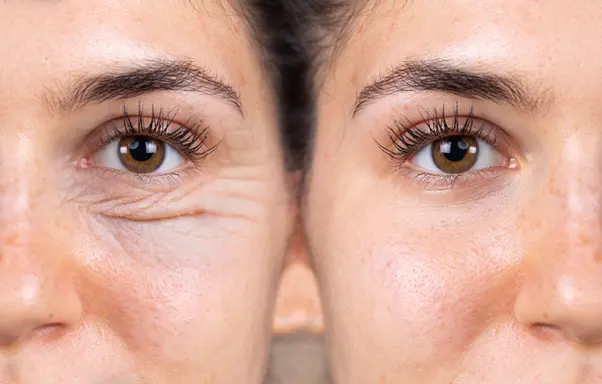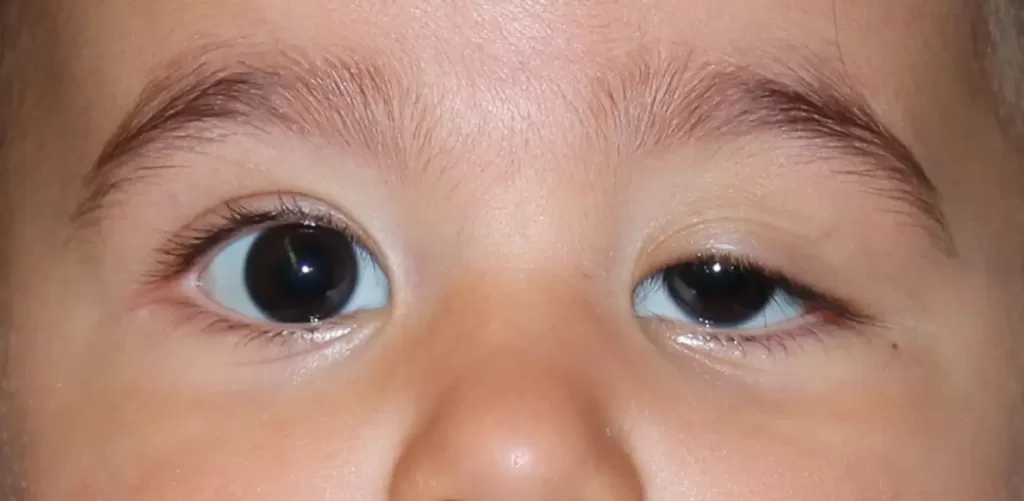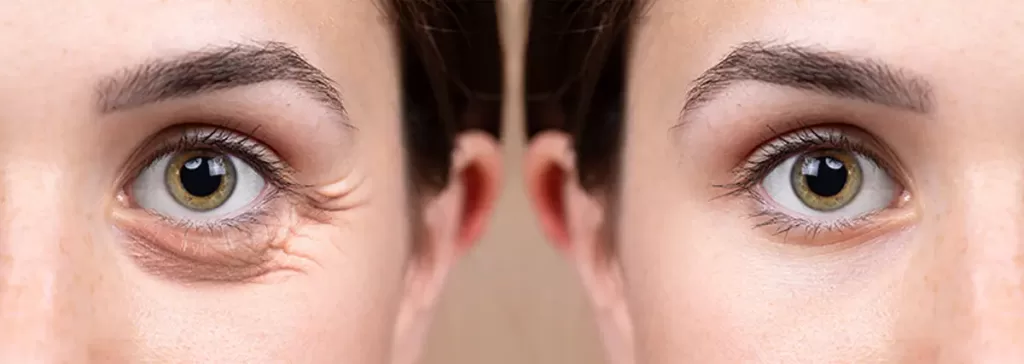Oculoplastics (Cosmetic and Reconstructive Eye Surgery) is a specialized field within ophthalmology that focuses on the management and surgical treatment of conditions affecting the eyelids, tear ducts, and orbit (the bony cavity surrounding the eye). This field combines the precision of eye care with the artistry of plastic surgery, aiming to restore function, enhance appearance, and improve the quality of life.
Oculoplastic surgery includes a wide range of procedures designed to improve the function and appearance of the eyes and their surrounding structures, from eyelid lifts (blepharoplasty) and correction of tear duct abnormalities to the repair of severe eye trauma.
Common conditions managed in oculoplastics include:
- Eyelid malpositions such as ptosis (droopy eyelid)
- Entropion (inward-turning eyelid)
- Ectropion (outward-turning eyelid)
- Cosmetic eyebrow, upper eyelid, and lower eyelid surgery
Several risk factors are associated with these conditions. Aging is a natural contributor to many oculoplastic disorders, particularly droopy eyelids and eyelid malposition (eyelids turning in or out). Trauma, whether from accidents or previous surgeries, may also necessitate corrective or reconstructive oculoplastic surgery.
At Roya Eye Clinic, we recognize that the health and appearance of your eyes play a crucial role in your quality of life. Our oculoplastic specialist is dedicated to restoring function, optimizing visual health, and, when necessary, enhancing the cosmetic appeal of your eyes
LASIK surgery is renowned for its precision, speed, and effectiveness, often resulting in rapid visual improvement and minimal discomfort. With its remarkable success rates and relatively quick recovery, LASIK continues to be a popular choice for those seeking freedom from visual aids and enhanced quality of life.
Cosmetic Eye Lid Surgery
Cosmetic eye surgery (blepharoplasty) is one of the most commonly performed cosmetic surgeries for the eyelids. It is a safe and effective aesthetic procedure that can help rejuvenate one’s appearance by enhancing the shape of the upper and lower eyelids.
Upper eyelid blepharoplasty focuses on the area between the eyebrow and the eyelashes, while lower eyelid blepharoplasty targets the region between the eyelashes and the cheek. The procedure involves removing excess skin and muscle and either reducing or repositioning underlying fat to create a more youthful appearance.
Droopy eyelids usually occur due to impaired function of the muscle that lifts the lid, causing the border of one or both upper eyelids to droop lower than normal. This condition can create unwanted aesthetic concerns, such as a tired appearance, and may also impact vision if the eyelid obstructs the visual axis. In severe cases, the droopy eyelid may cover some or all of the eye, significantly affecting vision.

The type of treatment offered depends on several factors, but for those suffering from a severe droopy eyelid that affects both vision and appearance, surgical correction to raise one or both eyelids is often recommended.
Ptosis

What is Ptosis?
Ptosis is the drooping of your upper eyelid. It can affect both children as well as adults. Your eyelid may droop only slightly or it may droop so much as to cover the entire pupil. It may affect one or both of your eyes.
Symptoms of Ptosis
- The most obvious sign is a drooping eyelid
- Increased watering
- Depending on how severely your eyelid droops, you may even have difficulty seeing
- Sometimes children may tilt their heads back or raise their eyebrows repeatedly to try and see under the eyelids
- You may want to compare photographs from ten years earlier to see if you are looking sleepy or tired now
Causes of Ptosis
- Ptosis may be caused by weakness of the muscles that raise your eyelid or damage to the nerves that control the muscles or the looseness of the eyelid skin.
- Ptosis may be present at birth (called congenital ptosis). Or it may develop due to the normal aging process.
- The most common cause in adults is a separation or stretching of the main muscle that pulls up the eyelid. It can be an after effect of an eye surgery like cataract or an injury.
- An eye tumor, diabetes or neurological disorders like stroke, myasthenia gravis, and Horner syndrome are other causes.
Complications of Ptosis
- An uncorrected drooping eyelid can lead to amblyopia (loss of vision in that eye)
- An abnormal eyelid position can have negative psychological effects like poor self-esteem and alienation especially in teenagers and young children.
- You may have headaches due to tension in your forehead muscles.
- Decreased vision can affect your daily activities especially driving, using a flight of stairs etc.
Tests for Ptosis
Your doctor will do a physical examination to identify the cause. Special tests may be done for diabetes, myasthenia gravis, thyroid problems etc. These may include CT scans or MRI of the brain, MR Angiography, etc.
Treatment for Ptosis
If the Ptosis is caused by an underlying disease, treatment specific to that disease is given.
If you do not want to undergo surgery, you can have glasses made which have an attachment called a crutch. This crutch can help hold your eyelid up.
Surgery may be required for cosmetic purposes or if the ptosis interferes with vision. Eyelid Surgery is called Blepharoplasty.
Ptosis surgery involves tightening of the muscle that elevates the eyelid.
In severe cases, when a muscle called the levator is very weak, a sling operation may be done which will enable your forehead muscles to raise your eyelids.
